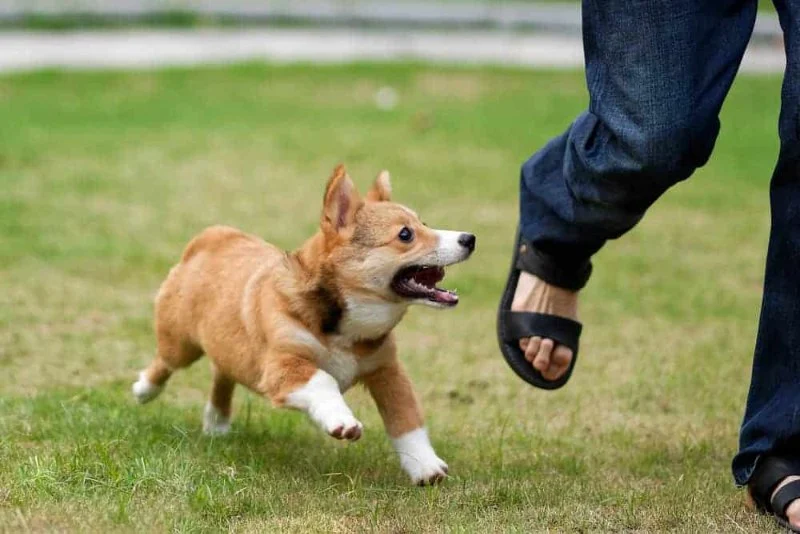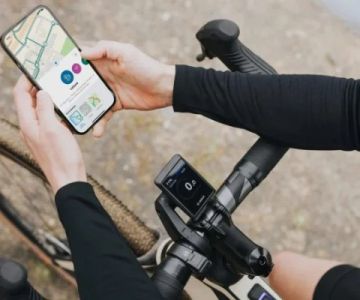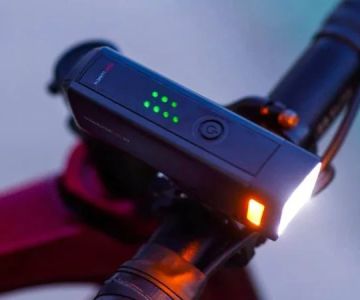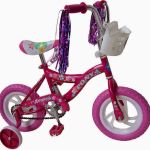
- understanding-dog-chasing-behaviour
- how-to-respond-safely-when-chased-by-a-dog
- what-cyclists-and-runners-should-do
- tools-and-techniques-to-deter-aggressive-dogs
- real-scenarios-us-vs-eu-experiences
- after-the-incident-reporting-and-recovery
- gear-up-why-smart-preparation-matters
1. Understanding Dog Chasing Behaviour
When a dog chases a human, it’s rarely random. Dogs are territorial, easily triggered by movement, and often act out of fear, prey drive, or lack of training. Knowing this helps de-escalate potentially dangerous encounters.
In suburban areas across the U.S., unleashed dogs are not uncommon—especially in rural neighborhoods or on public trails. They may see runners or cyclists as threats or fast-moving prey.
2. How to Respond Safely When Chased by a Dog
The golden rule: Do not run. Turning your back and fleeing can intensify the dog’s chase instinct. Instead, stop, stand tall, avoid direct eye contact, and use a firm, calm voice—commands like “No!” or “Go home!” often work better than panicked yelling.
Try to put something between you and the dog: a backpack, a bike, even your water bottle. This creates a protective barrier and signals assertiveness without appearing threatening.
3. What Cyclists and Runners Should Do
If you’re on a bike, it might be tempting to speed away, but this rarely ends well unless you’re confident you can outpace the dog. In many cases, slowing down, dismounting, and putting the bike between you and the dog can diffuse the threat.
Runners should gradually slow to a walk and pivot sideways to monitor the dog. Try not to make sudden moves, as jerky gestures may provoke lunging.
Cycling Guider offers several field-tested recommendations and safety tools designed for American trail conditions. Whether you’re on a backroad in Montana or an urban path in Chicago, being ready makes all the difference.
4. Tools and Techniques to Deter Aggressive Dogs
Carry deterrents designed with pet safety in mind. Citronella spray is a humane option, commonly available across U.S. stores. Air horns can also startle dogs and give you time to retreat.
Some U.S. cyclists now use ultrasonic dog deterrents. They emit a sound only dogs can hear—unpleasant for them but harmless. It’s a useful device for regular trail users or postal workers.
5. Real Scenarios: U.S. vs EU Experiences
In a widely shared Reddit post, a Florida jogger detailed how a German Shepherd chased her for two blocks. “I used to scream and run,” she wrote, “but I learned to face the dog sideways and speak calmly. It saved me more than once.” In contrast, a Dutch cyclist shared that dogs in her region are often better trained and rarely off-leash in public.
These real-world examples show why understanding local laws and behavior norms is vital. In the U.S., leash laws vary by county, meaning awareness is your first line of defense.
6. After the Incident: Reporting and Recovery
If a dog bites or lunges at you, report the incident to local animal control. This protects others and ensures the dog owner is aware. Take photos, note the location, and describe the dog in as much detail as possible.
If bitten, clean the wound immediately and seek medical advice—even a minor nip can lead to infections. U.S. emergency clinics take dog bites seriously due to rabies risk in certain states.
7. Gear Up: Why Smart Preparation Matters
Carrying lightweight protective gear can boost your confidence and reduce panic in stressful moments. Padded gloves, reflective clothing, and safety pouches are simple but effective additions to your trail kit.
At Cycling Guider, we’ve tested dozens of runner-friendly and cyclist-approved deterrents, reflective wear, and emergency kits tailored to American terrain. When your safety depends on quick thinking, the right gear can be a game-changer.







 Billet BMX5.0 (2 reviews)
Billet BMX5.0 (2 reviews) Far East Children Bicycle Factory1.0 (1 reviews)
Far East Children Bicycle Factory1.0 (1 reviews) Archer Motorsports, Inc.4.0 (8 reviews)
Archer Motorsports, Inc.4.0 (8 reviews) YEP Bike Works4.0 (55 reviews)
YEP Bike Works4.0 (55 reviews) Gorham Bike & Ski4.0 (498 reviews)
Gorham Bike & Ski4.0 (498 reviews) Alchemy Bikes4.0 (37 reviews)
Alchemy Bikes4.0 (37 reviews) How to Teach Kids to Ride a Bike: A Step-by-Step Guide for Parents
How to Teach Kids to Ride a Bike: A Step-by-Step Guide for Parents Tips for Riding on Busy City Streets: Smart Strategies for Urban Cyclists
Tips for Riding on Busy City Streets: Smart Strategies for Urban Cyclists Best US National Parks for Mountain Biking: Ride Epic Trails Across America
Best US National Parks for Mountain Biking: Ride Epic Trails Across America Best Aero Helmets for Time Trials and Racing
Best Aero Helmets for Time Trials and Racing How to Clean and Lubricate Your Bike Chain Like a Pro
How to Clean and Lubricate Your Bike Chain Like a Pro 10 Must-Have Items for Long-Distance Cycling Trips
10 Must-Have Items for Long-Distance Cycling Trips